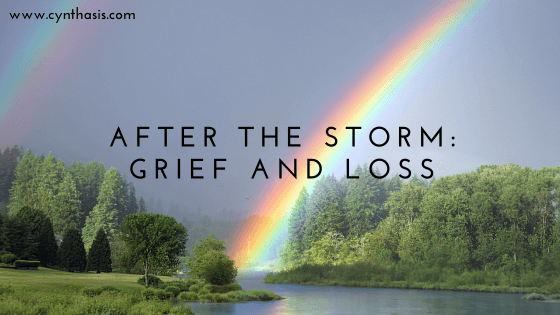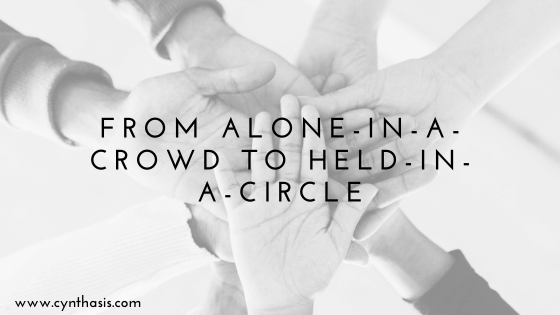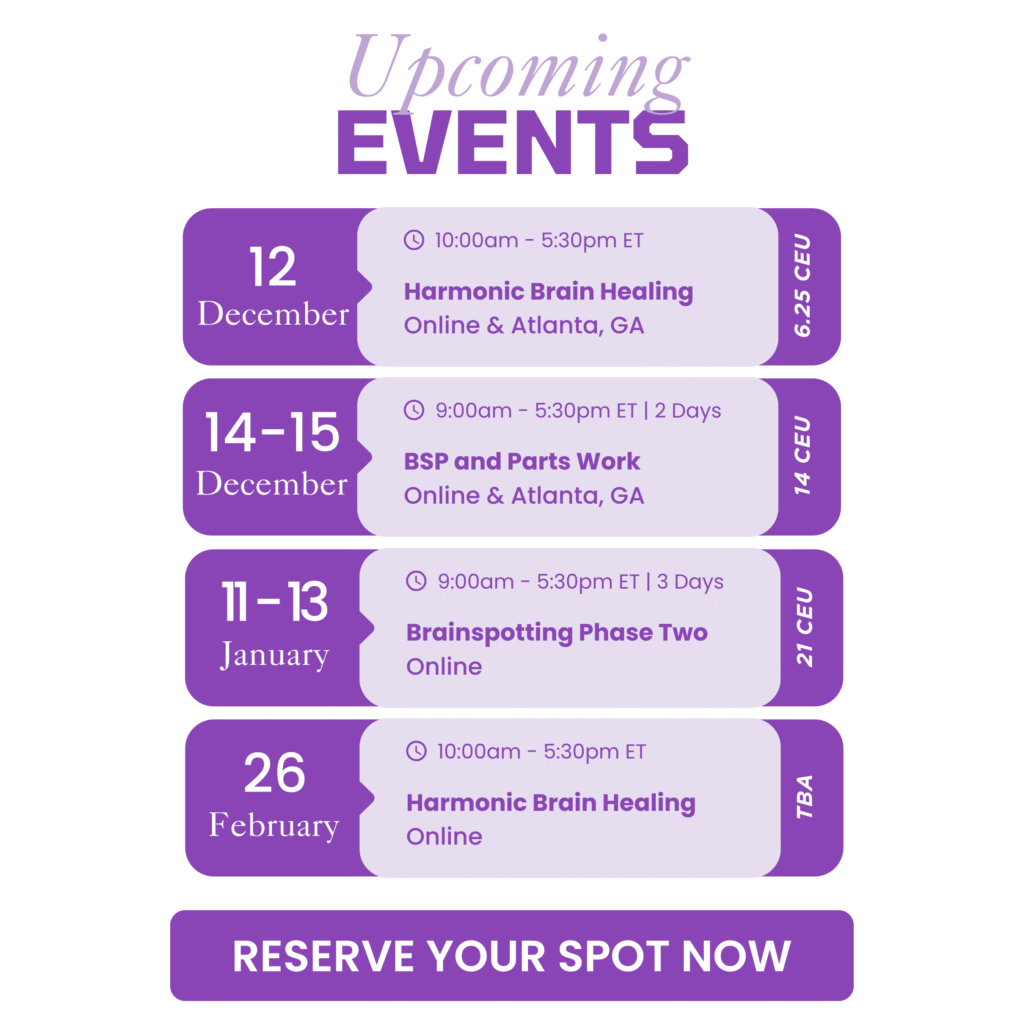 After the Storm: Grief and Loss
After the Storm: Grief and Loss
I was sitting at home in Atlanta uncertain of what the weather would bring, but it turned out to be way beyond what we could have imagined for those in the surrounding areas throughout the Southeast. My heart goes out to all those who have suffered—those who lost loved ones, homes and are struggling without water, food, or power. During times like this, those of us less affected often feel a call to help along with deep grief for our friends and loved ones who have been so severely impacted.
Impact from a Distance
We are all connected. Although not all of us were physically impacted, we can feel the effects and experience grief and shock from the news. Some of us can feel the sorrow with a heavy weight and memories of past experiences. Others can feel the desire to help. Grief, loss, and sorrow touch everyone differently.
and experience grief and shock from the news. Some of us can feel the sorrow with a heavy weight and memories of past experiences. Others can feel the desire to help. Grief, loss, and sorrow touch everyone differently.
Here’s what you might be feeling:
- Out of balance – Losing focus, forgetting simple tasks.
- Disbelief – Struggling to comprehend the disaster and the magnitude of the loss.
- Physical symptoms – A sharp pain, shortness of breath, or even a sense of numbness.
- Cycling emotions – You may move through sadness, anger, fear, or guilt, wondering why you were spared or how life will ever return to normal.

If you’re having trouble putting your grief into words, that’s okay. There’s no right way to feel after such a loss. And, like myself, you may have a multitude of emotions and thoughts at any moment.
Moving Forward
As time moves on, the shock may change and a different, deeper grief may emerge. Remember that you don’t have to go through this alone. Whether you’re dealing with physical loss or emotional turmoil, seek the support that resonates with you. And, for those not directly impacted, empathy may turn to compassion and a desire to give may grow stronger. Here are some resources:
Remember that you don’t have to go through this alone. Whether you’re dealing with physical loss or emotional turmoil, seek the support that resonates with you. And, for those not directly impacted, empathy may turn to compassion and a desire to give may grow stronger. Here are some resources:
Resources:
1. Stay Connected: Share your stories and lean on others. A simple conversation can remind you that you’re not alone.
2. Embrace Your Emotions: Don’t rush your feelings to come or be pushed away. It’s okay to feel anger, sadness, or fear. Allow yourself and your children to express emotions without judgment.
 3. Find Small Routines: I have heard many times that during tragic events, reestablishing a routine can be beneficial. Whether it’s having breakfast together or taking a quiet walk, these little moments of structure can offer a sense of calm amidst the uncertainty.
3. Find Small Routines: I have heard many times that during tragic events, reestablishing a routine can be beneficial. Whether it’s having breakfast together or taking a quiet walk, these little moments of structure can offer a sense of calm amidst the uncertainty.
4. Prioritize Basic Needs: When our hearts are heavy, it’s easy to forget our bodies need care, too. Tending to your physical well-being can lighten the emotional load.
5. Seek Professional Support: Here is a link to request Brainspotting help and to share with those in need. It’s emotional first aid on a short-term basis and accessible to all. For those who want to give, follow the volunteer application and you will receive a 4-hour course for additional training.
Link for more information: https://www.brainspottinghelp.com/
Link to volunteer: https://form.jotform.com/241156146227351
Link to receive help: https://www.brainspottinghelp.com/southeast
For Local Support:
NC: https://www.naswnc.org/page/DisasterResources
GA: https://www.naswga.org/disaster-resources
Supporting Parents and Children Through Grief
 For parents, this time can be especially challenging to balance your grief while supporting your children. I was at the playground with my grandchildren and watched how they processed through play. It was sad and moving. Just like us, children may not have the words to express their emotions, but they feel the uncertainty in their world. It’s important to offer them times to be heard in their unique ways. Establish small routines to provide a sense of stability and reassure them that it’s okay to feel scared or sad. At the same time, model self-care to show children it’s healthy to acknowledge and share emotions.
For parents, this time can be especially challenging to balance your grief while supporting your children. I was at the playground with my grandchildren and watched how they processed through play. It was sad and moving. Just like us, children may not have the words to express their emotions, but they feel the uncertainty in their world. It’s important to offer them times to be heard in their unique ways. Establish small routines to provide a sense of stability and reassure them that it’s okay to feel scared or sad. At the same time, model self-care to show children it’s healthy to acknowledge and share emotions.
Allow yourself to grieve, talk to trusted friends, and seek additional help. We can support each other. Follow your heart’s calling and trust your wisdom.








